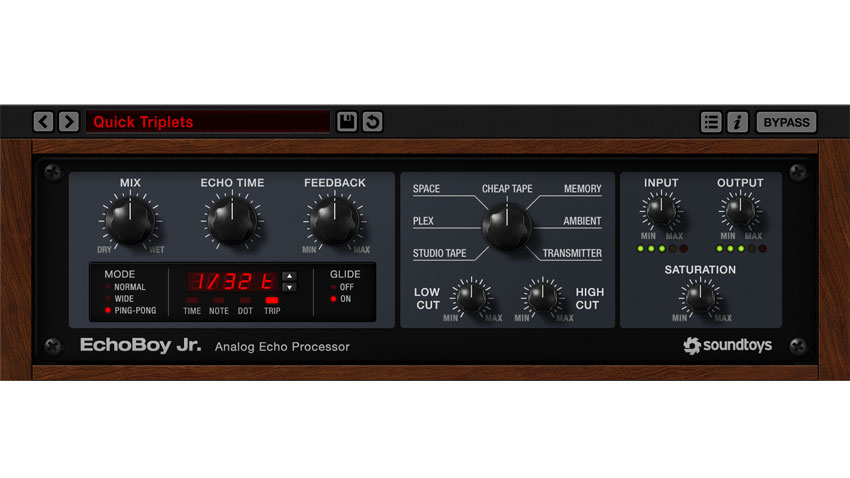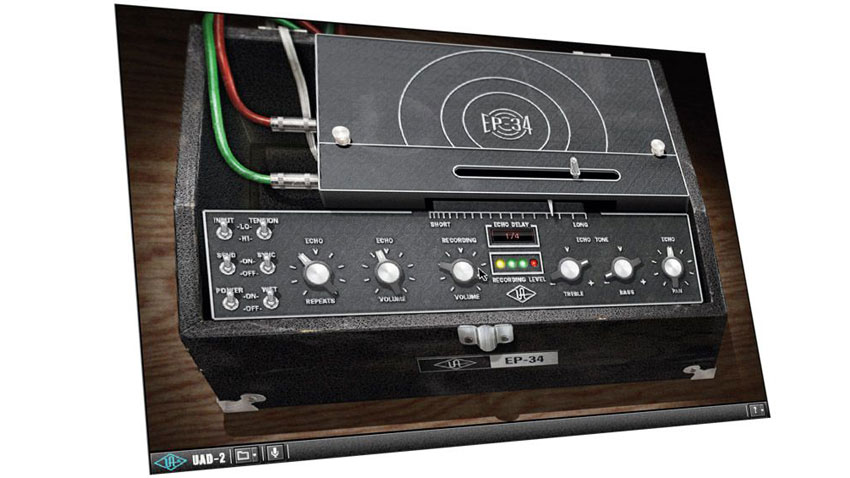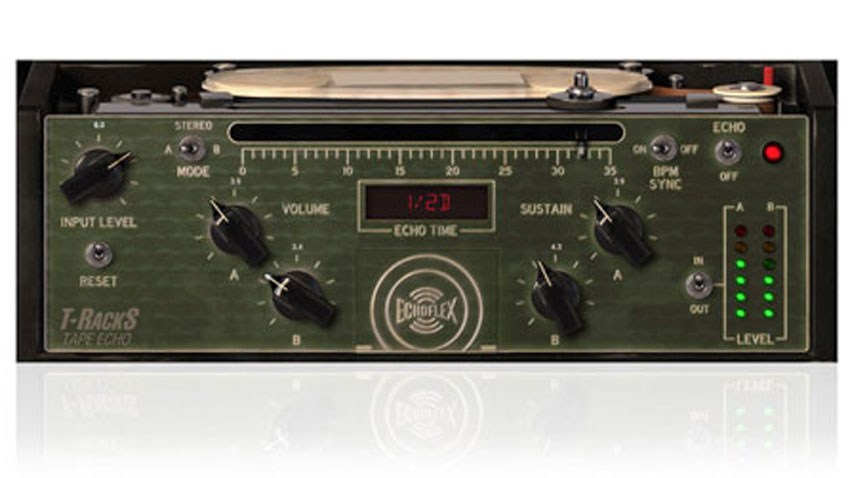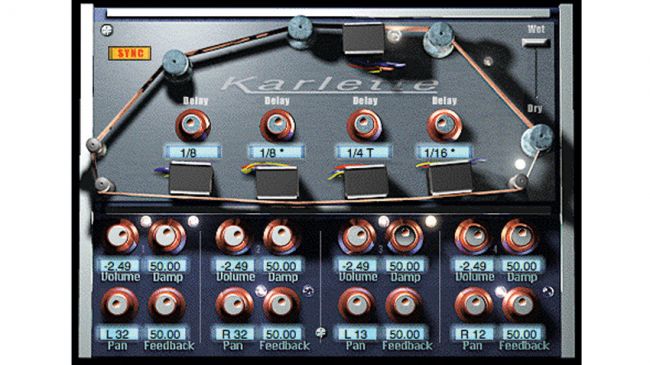A brief history of tape delay (and 4 great plugin emulations)
Discover the roots of this most frequently deployed audio processing gadget

The delay effect is ubiquitous in pop music. From Buddy Holly’s slapback to the Edge’s dotted echoes, there are few classic records that don’t have some kind of delay processing in play. All DAWs include built-in delay effects, and there are plenty of free options around. It can be a quick and easy sonic sweetener, or the basis upon which an entire compositions are built.
Yet delay wasn’t always so easy to come by. The echoes on many classic records were created by mechanical means, the only way to generate the effect being to use a loop of tape on a reel-to-reel tape machine. This technique was often used by avant-garde composers including Karlheinz Stockhausen.
Similarly, Abbey Road engineer Ken Townsend fed signals into a second tape machine for delay, then varied its motor speed to create the now famous ADT (Automatic Double Tracking) and flanging effects so beloved of John Lennon.
Needless to say, a dedicated device was needed and, in fact, products of this sort were available long before the Fab Four set foot in Abbey Road. American Ray Butts developed his tape-based Echosonic in 1953: built into a guitar amp, it was championed by 50s icons including Chet Atkins, Carl Perkins and Elvis Presley guitarist Scotty Moore, who used it on every record he made with The King for 13 years.
By the end of the 50s, other manufacturers had joined in, among them Brenell, who produced a vanishingly rare delay based on their popular Mk5 recorder…
The Echoplex
The most famous tape delay emerged in the 60s. First prototyped in the 50s by electronics whiz Mike Battle and guitarist Don Dixon, the Echoplex was designed to pick up where the Echosonic left off. The first production Echoplex hit stores in 1961. A year later, the patent (and Battle and Dixon’s services) were picked up by a company called Market Electronics, who distributed the Echoplex through yet another company, Maestro. It became known as the Maestro Echoplex.
The Echoplex featured some true innovations. A tube-based unit, its sound (with or without echo) was warm and inviting, but its biggest contribution was its sliding tape head, a design that enabled adjustment of the delay time. Additionally, the Echoplex housed its endless tape spool in a plastic cartridge, providing protection for the tape itself, and making replacement something of a doddle.
Want all the hottest music and gear news, reviews, deals, features and more, direct to your inbox? Sign up here.
The original (and retroactively named) Echoplex EP-1 and its follow-up, the EP-2, were eventually superseded by the solid-state EP-3, again designed by Battle and Dixon. Alas, Battle was not impressed by the change in sound and sold off his interest. Others, however, were thrilled with the EP-3 and it became something of a standard, thanks to users such as Jimmy Page, Brian May and Andy Summers.
Further variants of the Echoplex would later follow, but by the mid-80s, digital delays had eclipsed their clunky tape-based counterparts (there was even a digital Echoplex, that would be released as an Oberheim product by Maestro’s eventual owner Gibson).
Space is the place
In the interim, Maestro had faced stiff competition from other manufacturers offering their own versions of tape echo. Related products from Korg, Multivox and WEM proved popular, but it was Roland who made the biggest impact with their Space Echo line.
Roland’s Ikutaro Kakehashi had released the Echoplex-inspired, solid-state EC-1 Echo Chamber under his previous brand, Ace Tone, back in the late 60s. A few variants followed, but by the end of 1973, Mr Kakehashi had formed Roland, and produced the RE-100 and RE-200, both of which added spring reverb to the menu. These were followed in 1974 by the RE-101 and RE-201 Space Echoes, both of which dispensed with the short tape loops of their predecessors in favour of a lengthy unspooled bit of tape that moved freely beneath a clear plastic top panel.
The Space Echo line would be sold for an astounding 16 years, becoming cherished by both guitarists and electronic musicians alike.
Four awesome tape delay emulations

Soundtoys EchoBoy Jr
Consider yourself an analogue aficionado? Then you really should investigate EchoBoy Jr. A scaled-down version of the original EchoBoy, it offers seven classic delay emulations including clones of the Echoplex EP-3 and Roland RE-201 Space Echo.
Read more about Soundtoys EchoBoy Jr

Universal Audio UAD EP-34
If you have a UAD-2-enabled interface or accelerator, you might want to check out the EP-34, a spot on recreation of the original Maestro Echoplex EP-3. UA’s version adds nifty modern features like tape sync and adjustable tape tension.
Read full Universal Audio UAD EP-34 review

IK Multimedia T-RackS Tape Echo
IK Multimedia have likewise looked to the Echoplex for inspiration. Here, they’ve provided all of the grit and grime of the original, adding tempo sync along the way. Wow, flutter and even US and EU AC line hum are all here.
Read more about IK Multimedia T-RackS Tape Echo

Steinberg Karlette
This plugin is so old that it pretty much qualifies as a vintage effect in its own right. Among the first VST plugins, it’s a free echo effect similar to the old WEM Copicat. It may not be cutting edge, but it certainly does the job, and that’s what counts.


Computer Music magazine is the world’s best selling publication dedicated solely to making great music with your Mac or PC computer. Each issue it brings its lucky readers the best in cutting-edge tutorials, need-to-know, expert software reviews and even all the tools you actually need to make great music today, courtesy of our legendary CM Plugin Suite.
